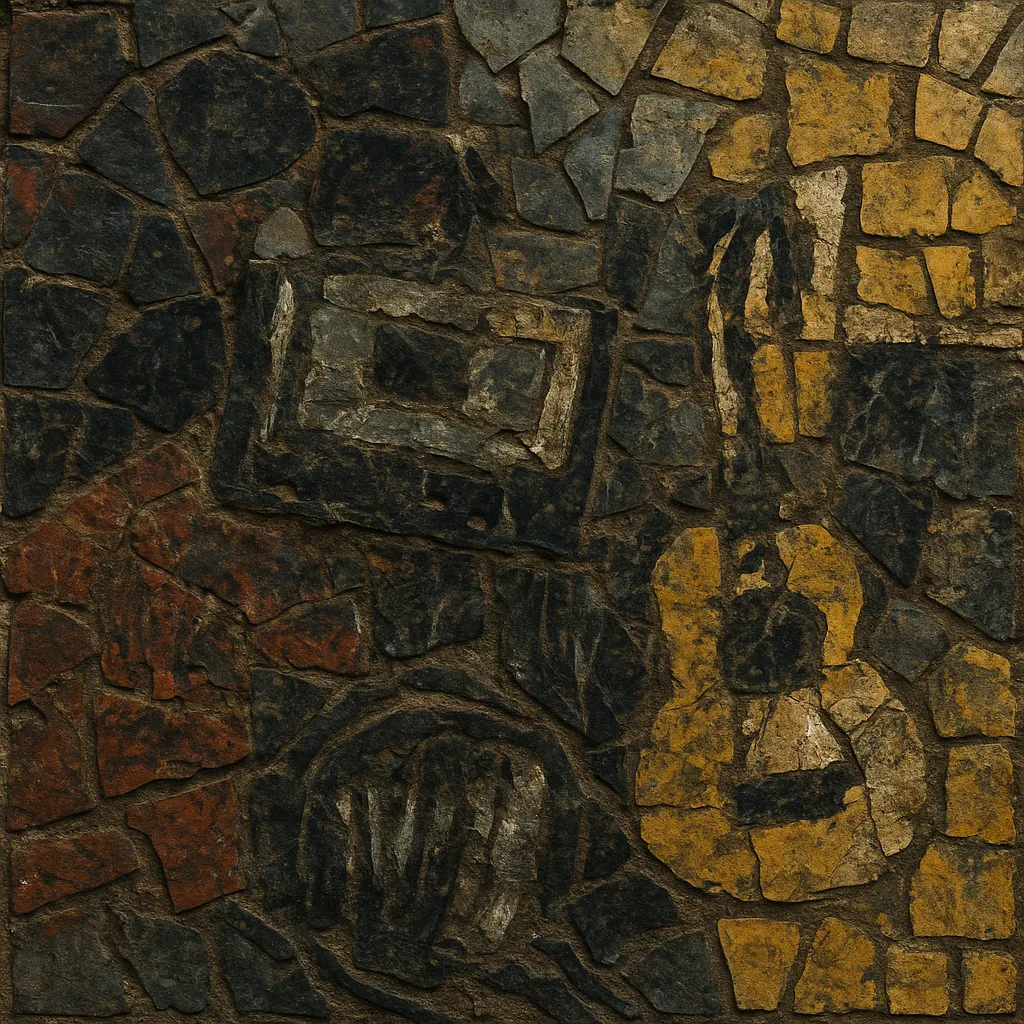Shitgaze is a deliberately lo‑fi, noise‑blasted strain of indie rock that pushes recording equipment to its limits—embracing tape hiss, clipping, blown‑out drums, and overloaded guitars as aesthetic choices rather than flaws.
Coined as a tongue‑in‑cheek nod to shoegaze, the term emerged around a Columbus, Ohio–centered DIY scene whose bands favored 4‑track cassettes, cheap mics, and first‑take energy. The songs are short, hooky, and punk‑paced, but smeared with distortion and room noise, yielding a sound that is both catchy and caustic.
Beyond provocation, shitgaze frames rawness as a form of honesty: immediacy over polish, texture over fidelity, and irreverent humor over studio perfection.
The term “shitgaze” surfaced in the late 2000s around a cluster of Ohio and U.S. underground bands—especially those tied to the Columbus scene and labels like Siltbreeze. While the name riffs on “shoegaze,” the music leans more toward noisy garage‑punk and lo‑fi noise pop than the lush, pedal‑stacked shimmer of classic shoegaze. Early standard‑bearers such as Times New Viking and Psychedelic Horseshit recorded on 4‑tracks with hot levels, embracing hiss, saturation, and clipping as part of the sound.
Shitgaze crystallized an ethos already present in 1990s/2000s lo‑fi: immediacy, spontaneity, and DIY pragmatism. Tracks favored brisk tempos, fuzz‑caked guitars, battering‑ram drums, and shout‑sung melodies buried in the mix. Rather than “fixing” technical artifacts, bands highlighted them—turning mic overload, room bleed, and tape warble into musical texture.
Around 2007–2010, the blogosphere and small labels amplified the scene. Records by Times New Viking (e.g., “Rip It Off”), Psychedelic Horseshit (“Magic Flowers Droned”), Eat Skull, Sic Alps, and early Wavves releases carried the banner. The tag was sometimes used pejoratively, but its notoriety helped spread the sound across U.S. DIY circuits and adjacent scenes in California and the Pacific Northwest.
While often treated as a micro‑scene, shitgaze’s impact outlasted the tag. Its scorched‑tape aesthetics filtered into 2010s bedroom pop and slacker‑leaning indie, encouraging a generation to treat low fidelity as a creative palette rather than a limitation.


